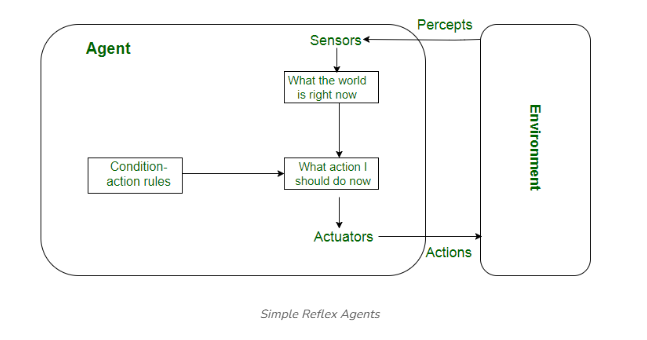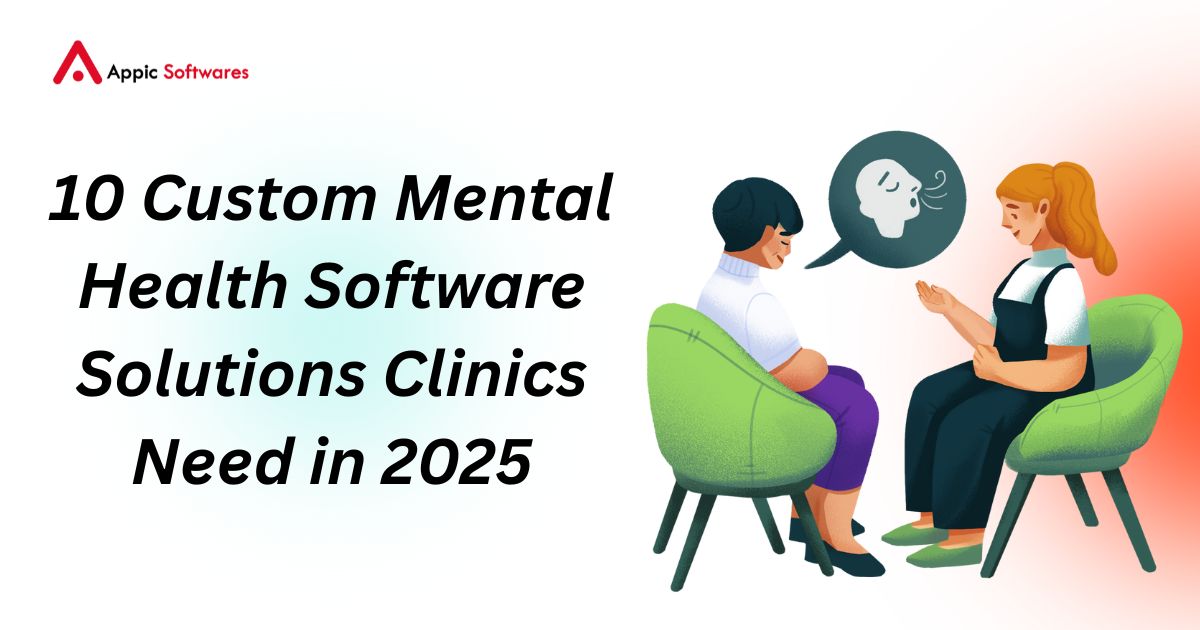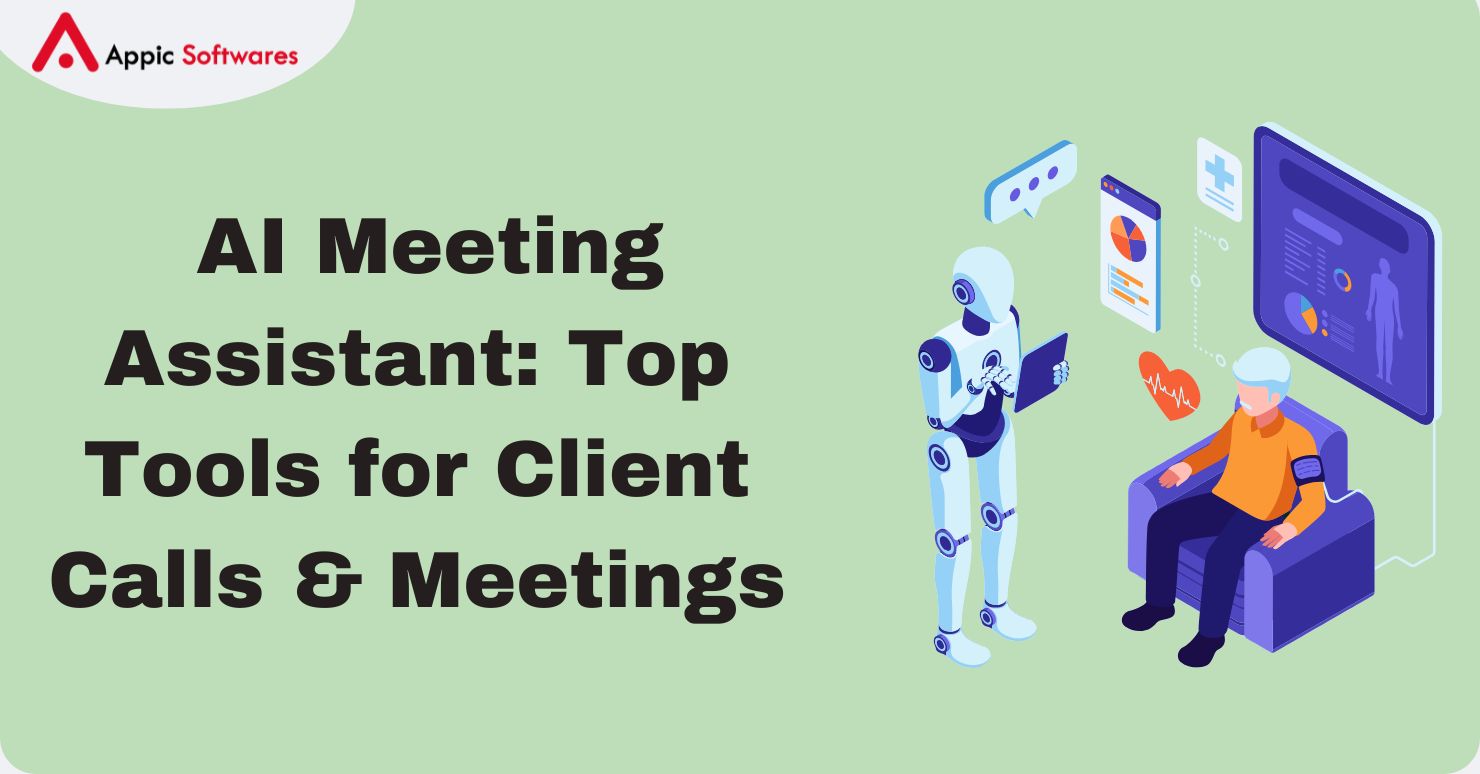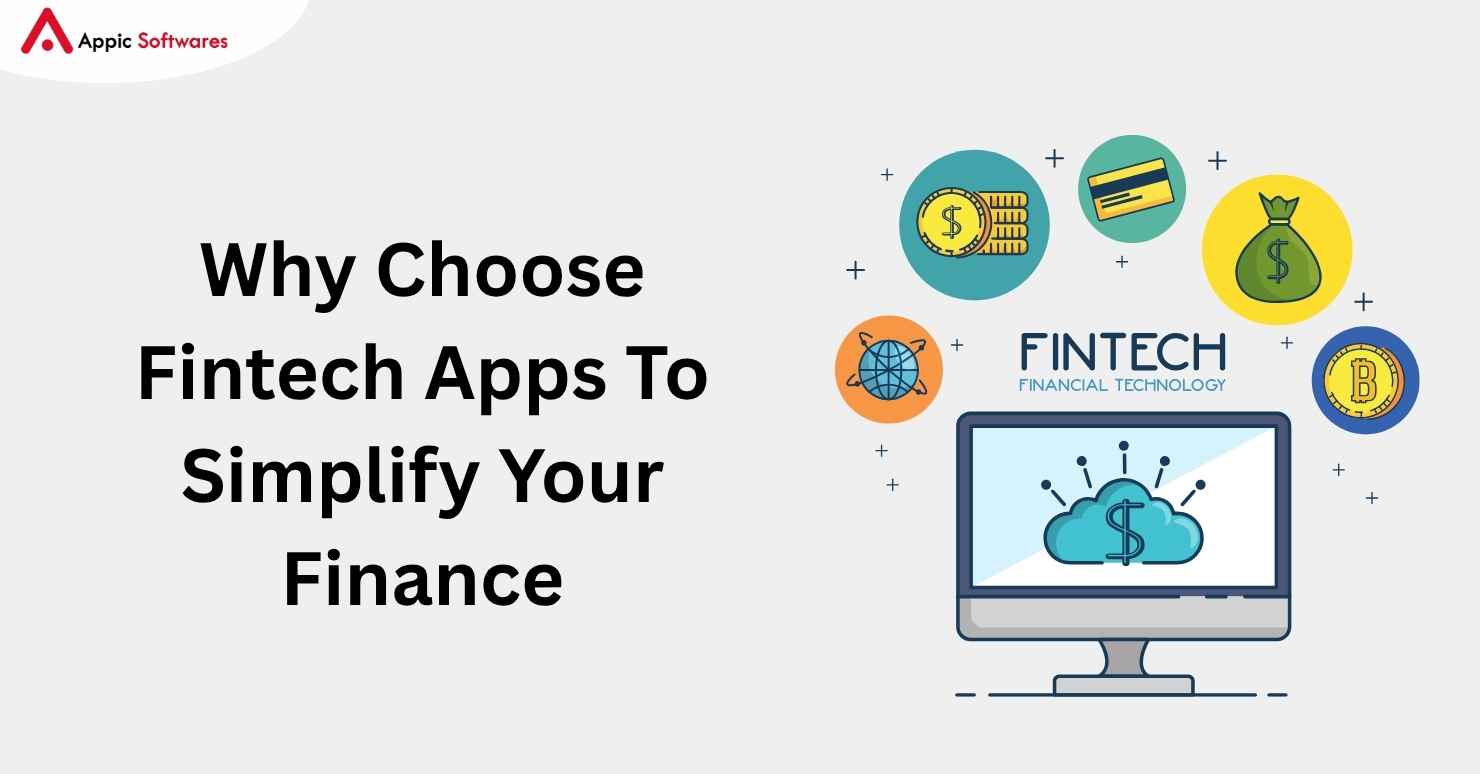
Instead of just having a chatbot interface where a person asks simple questions, AI agents are now the subject of more complex conversations. Types of AI agents are designed to make decisions, take action, and reach certain objectives. To illustrate, these can watch the incoming data, manage complex tasks, and carry out assignments without a human always looking over them. In 2023 the AI agents’ market is worth USD 3.86 billion and is expected to grow fast, according to the 45.1% annual growth rate predicted from 2024 to 2030. A new generation of companies focuses on the new wave of automation; because they want even more automation tools.
More people want technology; Natural Language Processing (NLP) is getting better, and people want more personalized experiences with brands. For instance, healthcare organizations use AI agents to automate jobs related to the revenue cycle, such as verifying eligibility and managing claims. Software development teams also use agents to find and fix problems with their applications’ system performance. Continue reading to find out more about the different kinds of AI bots and how they can be used.
12 Types Of AI Agents
Simple Reflex Agents

Source: Geeksforgeeks
Simple reflex agents function just based on the present percept and neglect the remainder of the percept history. Percept history is the past of all an agent has seen thus far. The agent operates according to the condition-action rule. A condition-action rule is a set of guidelines that links a condition, that is, a state to an action. Should the condition be valid, the action is carried out; otherwise, not. Only in a completely observable world will this agent function succeed. Infinite loops are usually inevitable for basic reflex agents functioning in partially visible settings. If the agent can randomize its activities, one may be able to break out from endless loops.
Development Cost
The cost to develop an AI agent like a simple reflex agent varies from $5,000 to $15,000, based on how complicated the condition-action rules are and how easy it is to observe the environment.
Use Cases
- Braking and speeding up in autonomous vehicles are controlled by real-time monitoring data.
- Home automation systems can turn lights on and off when they sense movement.
- When certain safety limits are crossed, industrial automation can shut down in an emergency.
Model-Based Reflex Agents
It finds a rule whose condition fits the present state. Using a model of the world, a model-based agent can negotiate partially observable surroundings. Depending on the percept history; the agent must monitor the internal state changed by every percept. The agent stores the present condition inside it, which preserves some sort of structure explaining the area of the planet invisible to humans.
Development Cost
Model-based reflex agents usually cost between $15,000 and $30,000 to make because they need to keep an internal state and build a model of their surroundings.
Use Cases
- Managing partially viewable situations such as warehouses or disaster areas.
- Monitoring patient data and making guesses
- Adjusting to how players play in settings that change over time.
Goal-Based Agents
These kinds of agents make decisions depending on their present distance from their target (definition of desired circumstances). Their every movement is meant to bring them closer to the target. This gives the agent a means to choose among several alternatives, picking the one that gets to a goal state. These agents are more flexible since the knowledge guiding their decisions is clearly expressed and modifiable. Usually, they call for forethought and search. The behavior of the goal-based agent is easily modifiable.
Development Cost
The price of goal-based agents varies from $20,000 to $50,000, based on how hard the search and goal-setting programs are to make.
Use Cases
- Navigation systems find the fastest or shortest way to get to a place.
- Robotic process automation, or RPA, helps companies reach certain workflow goals.
- Inventory management means finding the best balance of stock amounts to meet customer needs while keeping costs low.
Utility-Based Agents
Utility-based agents are the produced agents with end uses as building blocks. These agents are applied when there are several feasible options to choose from, and they help to determine which one is best. For every state, they pick activities according to taste (utility). Sometimes reaching the intended outcome is insufficient. To get to a place, we might search for faster, safer, and less expensive travel. One should give agent happiness some thought. Utility notes the agent’s level of “happy.” A utility agent decides on the action that maximizes the predicted utility considering the unpredictability of the world. A utility function translates a state into a real number that indicates the related degree of pleasure.
Development Cost
Utility-based agents cost around $30,000 to $70,000 because they need complex decision-making and utility functions.
Use Cases
- Balancing risk and reward is what financial trading systems are all about when making investment choices.
- In e-commerce, suggesting goods so that customers are as happy as possible.
- Energy management means picking the best ways to save energy.
Learning Agents
In artificial intelligence, a learning agent is any kind of agent with a learning capacity based on prior events. It begins to act with simple information and later, with learning, may act and adjust automatically. A learning agent consists essentially of four conceptual elements:
Learning element: It enables environmental learning from which changes are made.
- Critic: The learning component receives input from critics that explains the agent’s performance about a predetermined performance standard.
- Performance element: It decides on outside action.
- Problem Generator: This part is in charge of making recommendations for activities that will result in novel and educational experiences.
Development Cost
Cost varies between $50,000 and $150,000 because machine learning techniques and feedback systems need to be put in place.
Use Cases
- Virtual assistants, like Alexa and Siri, learn what users want so they can give better answers.
- Continually enhancing fraud-detection algorithms in the banking industry is referred to as fraud detection.
- Predictive maintenance means learning patterns to figure out when a machine will break down.
Multi-Agent Systems
A multi-agent system (MAS) is a collection of interacting agents working together to achieve a shared goal. These agents can be autonomous or semi-autonomous and can be used in various fields such as social networks, robotics, and transportation systems. MAS can increase flexibility, lower costs, and improve efficiency in complex systems.
MAS can be categorized based on their traits, such as goals, cooperative or competitive nature, and homogeneity or heterogeneity. Homogeneous MAS shares the same capabilities, objectives, and actions, while heterogeneous MAS exhibits various capacities, objectives, and actions, making coordination more difficult.
Competitive MAS involves agents fighting against each other to achieve individual goals, while cooperative MAS involves individuals working together to achieve a shared goal. Agent-based modeling, game theory, and machine learning are some approaches to MAS that can be applied. Game theory studies strategic interactions between agents, while machine learning trains agents to increase their decision-making capacity.
Development Cost
These are more difficult to build and range in price from $100,000 to $300,000, based on the number of agents and how they interact with each other.
Use Cases
- With smart grids, energy is distributed across a network of workers in a coordinated way.
- Optimizing warehouse operations and shipping schedules is an important part of logistics and supply chain management.
- Social network analysis simulates and predicts how people will connect.
Hierarchical agents
Hierarchical agents are arranged in a hierarchy, with higher-level agents supervising lower-level agents. They set goals and restrictions for lower-level agents, enabling more ordered and effective decision-making in complex settings. Hierarchical agents are particularly useful in robotics, manufacturing, and transportation systems, where numerous chores and sub-tasks need to be organized and prioritized.
High-level agents set limitations and goals for lower-level agents, usually determined by the system’s overall aim. In a manufacturing system, high-level agents set production targets based on client demand. Completing specific tasks helps lower-level agents fulfill their objectives, which can be easy or more difficult. In a transportation system, low-level agents may be responsible for controlling traffic at specific crossroads.
Development Cost
The price of making hierarchical agents varies from $70,000 to $200,000, based on the job difficulty and number of levels.
Use Cases
- keeping an eye on and coordinating robotic arms for different steps of production.
- High-level agents are in charge of the flow of traffic throughout the city, while lower-level agents are in charge of each crossing.
- Field units receive orders from high-level strategy planners in military operations.
Collaborative Agents
Collaborative agents stress the cooperation of several agents to reach shared goals. To guarantee effective division of duties, they mostly depend on coordination systems and communication protocols. Usually sharing knowledge and modifying their activities depending on interactions with other agents, these agents are quite flexible in dynamic surroundings.
Development Cost
The cost of developing collaborative agents ranges from $80,000 to $250,000 because they need strong communication methods and coordination algorithms.
Use Cases
- In response to a disaster, various robots must work together to search for and save people.
- Telemedicine is when several people work together to provide healthcare answers from a distance.
- Making sure that different teams work together to finish a job is what construction management is all about.
Reactive Agents
Reactive agents react to changes in their surroundings instantly without depending on long-term objectives or stored knowledge. Their simplicity of condition-action rules drives their quick and low weight. Their lack of preparation and flexibility, however, might be a drawback in settings requiring strategic thought or sophisticated decision-making.
Development Cost
Making reactive agents is pretty easy, and it costs between $10,000 and $20,000 to do so.
Use Cases
- Surveillance systems respond to unauthorized entry.
- Keeping an eye on industrial processes and taking action when something goes wrong.
- In games, NPCs (non-playable characters) respond right away to what players do.
Mobile Agents
The ability of mobile agents to traverse several nodes or systems inside a network defines them. They either carry data, run calculations, or offer services at several sites. Their mobility in distributed systems helps them effectively use resources and analyze data. To guarantee their operations’ integrity and confidentiality, they do, nevertheless, depend on strong security systems.
Development Cost
Depending on mobility and security needs, the average cost of developing mobile agents ranges from $40,000 to $120,000.
Use Cases
- Gathering info from many Internet of Things (IoT) devices in a spread-out network is called data collection.
- When you shop online, shopping bots look at prices on different websites.
- Mobile workers check networks for threats and keep them safe.
Interface Agents
Learning user preferences over time, interface agents serve as middlemen between users and systems and offer individualized help. To change their behavior and increase user involvement, they depend on machine learning and user behavior analysis. Many times, these agents use natural language processing (NLP) to enable simple conversation.
Development Cost
The price of making interface agents varies from $30,000 to $80,000, based on how difficult it is to combine NLP and user behavior analysis.
Use Cases
- Help for Customers Chatbots help people with their questions.
- Offering personalized learning suggestions through e-learning platforms.
- Health apps give personalized advice based on what the user says and what they like.
Planning Agents
Agents in planning are quite good at creating and carrying out action plans to reach particular objectives. They examine several states and outcomes in order to create a strategy best fit for their goals. These agents can manage restrictions and contingencies that could develop during plan implementation and depend on advanced planning algorithms.
Development Cost
Planning agents need complex algorithms, and the cost of making them ranges from $50,000 to $150,000.
Use Cases
- Planners of autonomous vehicles figure out the best ways to move and travel in changing settings.
- Automating the warehouse means planning the best order to pick up orders.
- Plans for rover paths on extraterrestrial land as part of space exploration.
Conclusion
As AI technology advances, AI agents that are self-sufficient and can make decisions without human intervention are likely to come about. In connection with automating client support, they are also in the position to make forecasts of demand and trends, optimize production processes, and do many other things. The room for AI bots to work can be much more than one in the long run with so many different fields that need them throughout the year.
One has to also think about ethics and whether the use of AI agents can bring any good to the business at all. By using AI bots in such a way that they help the business grow, you are more likely to make wise decisions and carry out the processes to accomplish the goal.
Appic Softwares is the company that leads the charge to the next phase of these technologies by offering top-notch AI agent development services.
FAQs
Q.What factors influence the development cost of AI agents?
A.Key cost factors include:
-
Type of AI agent
-
Level of intelligence (rule-based vs. learning-based)
-
Integration with third-party APIs
-
Required data training models
-
Security and scalability needs
Q.What technologies are used to build AI agents?
-
AI/ML frameworks: TensorFlow, PyTorch, Scikit-learn
-
Languages: Python, JavaScript, Java
-
Cloud platforms: AWS, Azure, Google Cloud
-
Natural Language Processing: OpenAI, Dialogflow, Rasa
-
Data storage: PostgreSQL, MongoDB
Q.Are AI agents and chatbots the same?
Not exactly. Chatbots are a type of AI agent designed for conversation. However, AI agents include many other intelligent systems like self-driving software, recommenders, and autonomous decision-makers.








